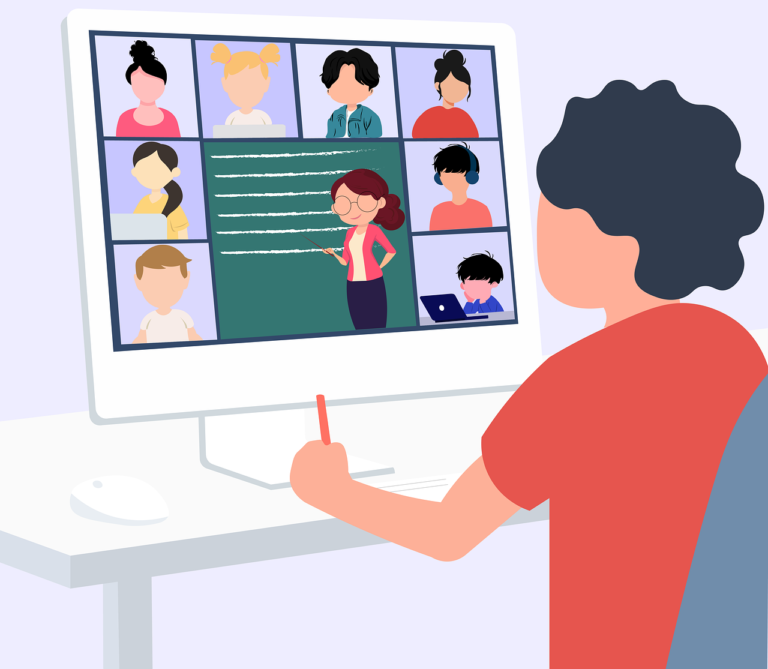
As a remote teacher, you must be prepared to engage your students in ways that differ from the traditional classroom setting. In order for them to learn effectively, you must make sure that they’re able to follow along with what you’re saying and understand where the lesson is going. This can be challenging when working online with students of varying ages, technical skills, learning styles, and backgrounds. But with the right techniques and software to create video lessons, you can keep your students focused on their education. In this post, we’ll review some remote teaching tips for creating engaging lessons that help students stay interested and engaged.
Recording your lessons with a screen recorder and video editor is a great way to capture the material you present to your students. Using this software to create video lessons can have multiple purposes. For example:
Closed captioning is a way to add text to a video. It is used by people who are deaf or hard of hearing and by people who are learning English or another foreign language. You can use software to create video lessons that allow you to add closed captions in your remote classroom. They can be added before students view the video and then turned on or off so that students can read along with them (or after watching, if you prefer).
When using software to create video lessons, you can reuse content from previous lessons. This can be especially helpful when reviewing material or preparing for exams. When you plan to reuse a screen recording, it’s important to consider whether you should use the same file or create a new one.
Pauses are important for students to process information. Use a screen recorder and video editor to add pauses into the recordings, offering students time to reflect and process the new information. Consider adding a pause after each main idea or concept is introduced and before any discussion questions you ask. You can also add pauses at strategic points throughout your class where you want your students’ attention focused on their thinking — such as during prompts like “What do you think?”
If you want your students to be able to process what they’ve learned before responding, consider adding another pause at the end of each section so that they can think about what they just learned before moving on to the next section. You can also use breaks for encouragement. For example, if one of your students asks a question that needs further explanation or elaboration (or if there is an issue with audio quality), try including a subtle “hmmm” sound in response – this allows them time while still being interactive!
Some of our favorite remote teaching tips involve using video editing features to make lectures more visually interesting and fun. One way to do this is by using arrows to point out important parts of the screen is a great way to engage students in a remote classroom. For example, you can use arrows to point out:
Encourage students to work together on projects and discussions. Students will have to communicate with one another if they are to participate in the same course, so it’s important that you provide them with opportunities to do so effectively. You can assign group projects or schedule time for the class to separate into break-out groups to discuss something you covered in class. Allow students time after class to discuss their ideas and share feedback on one another’s work, too.
It’s important to keep your students engaged in class. You can do this by adding a fun surprise into the lesson plan. For example, you could use a trivia question to encourage students to think about the material and give them points for answering correctly. You can also have students work together as teams on different puzzles or games that will help them learn the material while encouraging collaboration among classmates.
As you can see, there are many ways to make a remote classroom more engaging. It’s essential for teachers to plan ahead and think about what types of activities will work best for their students. With a little creativity and the remote teaching tips above, it’s easy for teachers to find new ways to engage their students in an online environment. For the best in screen recording software, visit our website!